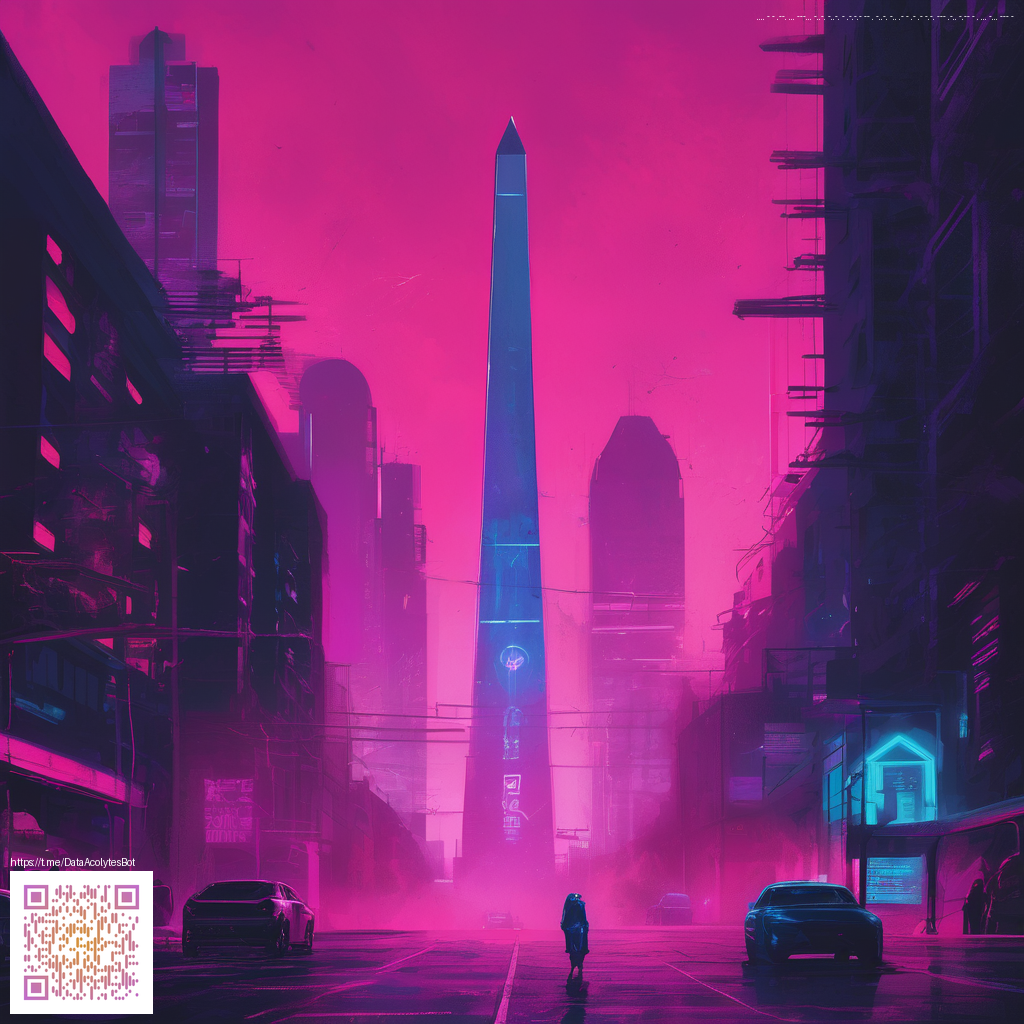
Color grading that aims to feel cinematic while preserving the tactile, print-inspired grace of “digital paper” is not about chasing trends—it’s about balancing mood, legibility, and texture. When you blend filmic contrast with the clean lines of digital capture, you create images that read beautifully on screens while still offering a sense of physical presence. This approach is especially effective for editorial work, brand storytelling, and social visuals where you want depth without losing clarity in shadows or highlights.
Understanding the Look: What Makes Digital Paper Cinematic?
Digital paper color grading treats the image like a sheet with subtle grain, delicate fiber-like textures, and a restrained color palette. It borrows the drama of cinema—where exposure, color separation, and tonal curves guide the eye—yet it applies that drama to a surface that feels tactile and approachable. The core idea is to maintain readability across devices while inviting the viewer to linger on midtones, texture, and nuanced shadows.
Core Principles to Guide Your Grade
- Global balance: start with a unified base grade that preserves skin tones and overall mood before introducing color separations.
- Dynamic range awareness: keep highlights controlled to avoid losing highlight texture, especially when printing or posting at varied exposures.
- Texture as a feature: introduce a subtle filmic grain or micro-contrast that enhances the paper-like feel without overpowering the subject.
- Color harmony: lean into complementary palettes and restrained saturation to emulate the calm, deliberate rhythm of editorial lighting.
“Color should support the story, not hijack it. The best cinematic digital paper grades feel inevitable—the mood settles in without shouting.”
To achieve these results, the workflow should be iterative. Start with a broad pass to shape the scene’s exposure and white balance, then tighten color relationships in shadows, midtones, and highlights. Local adjustments can emphasize texture or recover delicate detail in areas that matter most, like eyes in portraits or product textures in commercial work.
Practical Workflow: From Capture to Craft
Begin with a confident base: correct exposure, whiteness, and a neutral color cast that serves as a neutral canvas for your aesthetic. A cinematic curve often benefits from a gentle S-curve and a touch of lift in the shadows, which adds depth without crushing detail. Then layer color decisions with intention rather than impulse.
- Base grade: establish a cohesive look across the entire frame, prioritizing skin tones and naturalistic rendering of fabrics and textures.
- Color separation: subtly separate key hues (e.g., blues in shadows, warm tones in midtones) to create depth without harsh color shifts.
- Texture and grain: apply a measured grain pattern and micro-contrast to evoke tactile depth while keeping the image crisp where it matters.
- Edge treatment: refine highlight roll-off and shadow detail to preserve the “paper” feel at edges and contours.
Testing and validation are essential. View your work on multiple devices and lighting conditions, then compare to a calibrated reference. If you print, you’ll notice that the digital paper aesthetic translates differently on paper—adjust your tone curve to preserve the intended mood while honoring the print’s dynamic range. This cross-medium discipline is where thoughtful color grading earns its keep.
Props and lighting choices can become practical test beds for your palette. For instance, stylish accessories with bold color accents can help you gauge how color shifts behave under mixed lighting. A Neon Card Holder Phone Case with a glossy-matte finish serves as an excellent real-world reference piece you can incorporate into your shoots or test setups. You can explore this accessory on the product page here: Neon Card Holder Phone Case — Glossy Matte Finish.
If you’re cataloging techniques or looking for inspiration, a practical case study can be helpful. A different perspective on this topic is captured in the case study at https://solanastatic.zero-static.xyz/07549522.html, where creators discuss how to translate cinematic color language into digital paper aesthetics for mixed-media projects.
Assembling Your Toolkit
Your toolkit should be lightweight yet capable: a robust RAW workflow, a filmic LUT approach, precise control over local clarity, texture, and a workflow for calibrating output to various display types. The goal is to craft a consistent, adaptable look that travels well—from web banners to portfolio prints—without sacrificing the tactile, printed-paper vibe that defines the aesthetic.
Embrace flexibility. The digital paper approach is not a one-size-fits-all recipe; it’s a philosophy that invites you to balance mood with legibility, texture with polish, and color with context. With thoughtful grading, you can achieve cinematic storytelling that remains accessible and tangible to your audience.